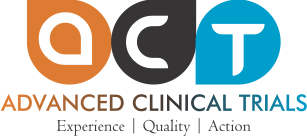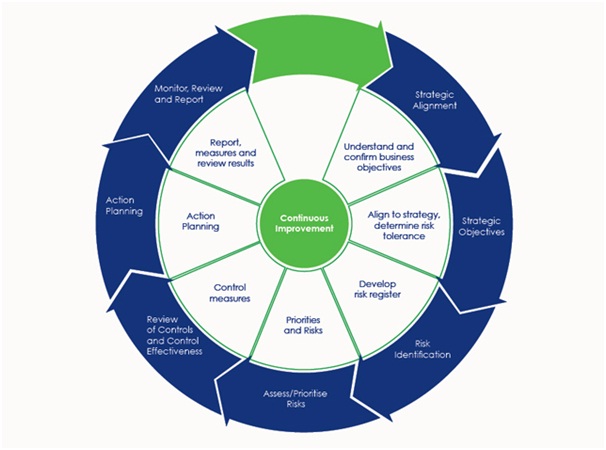The complexity of clinical trials has increased dramatically during the last few years and the obligation on sponsors to ensure that the study participants are adequately protected and the integrity of the study data is maintained to the highest standards is increasing.
Limitations of Onsite monitoring:
- In order to ensure that patient safety is a top priority, 100% SDV is an obligation. On-site monitoring is the most important way to audit the quality of the data produced.
- Because of the importance on the Clinical Research Associate (CRA) as the main person for uncovering of non-compliance and scientific negligence, the frequency of CRA visits to investigator sites has become a marker for site quality and data integrity.
- On-site monitoring is costly, and the dependence on the CRA to detect data quality issues and non-compliance is debatable. In recognition of this restriction, most reduced SDV monitoring plans are a calculated concession between reduced monitoring costs and the risk of failing to detect an issue. This inconsistency substantially limits the possible reductions in on-site monitoring and introduces risk which many sponsors are not willing to accept.
- Another major limitation is that the a CRA has a very narrow outlook and can only make comparisons between the sites in his or her control or between individual data points that are maintained by the CRA.
- In recognition of these limitations, the FDA guidance document was published to make it clear that with centralised, risk based monitoring, FDA supports alternative approaches SDV and other monitoring obligations.
Advantages of Risk based Monitoring:
- There is increasing indication to show that centralised monitoring may be more effective in detecting non-compliance and data fabrication than even 100% SDV
- As Case Report Forms (CRFs) now being completed electronically, all the CRF data can be imported into a central File, along with the complete operational, quality, efficacy and clinical safety data from all sites, across multiple studies.
- The automated programs can be used to identify deviations in real time, impartially and with absolute accuracy
- Different programs can be instructed to compare all the trial related data from across sites and indicate outliers above a pre-determined threshold or results that don’t fall into the expected pattern.
- Insufficient training, capability, competency, protocol non-compliance can all lead to protocol deviations. Programs can be designed to predict and project these in competences.
- Risk based monitoring and centralised monitoring will help us identify problems early so that they can be resolved quickly, protecting patients and conserving the overall reliability of the study.
- Improves the efficiency of CRAs, as they concentrate on the sites that need help and allow competent sites to proceed without unnecessary interference.


